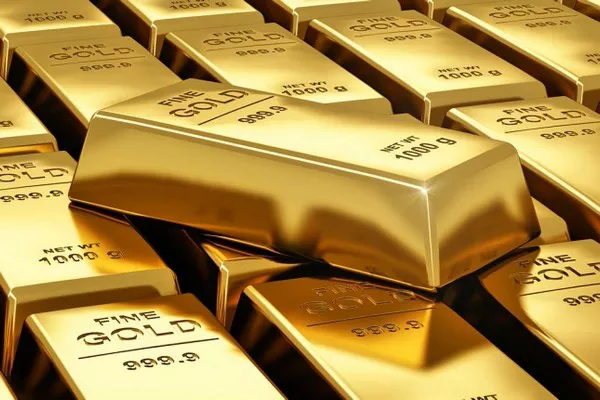Gold, often regarded as a safe-haven asset and a hedge against inflation, has historically been a sought-after investment. However, in recent times, there has been a noticeable lack of upward momentum in the price of gold. This departure from the traditional behavior of gold as a reliable store of value has left investors and analysts puzzled. In this article, we will explore the multifaceted reasons behind the stagnation of gold prices.
Economic Recovery and Risk Appetite:
One of the primary factors contributing to the lackluster performance of gold is the global economic recovery. As economies rebound from the impact of the COVID-19 pandemic, investors are increasingly favoring risk assets over traditional safe-haven investments like gold. Improved economic prospects, driven by vaccination campaigns, fiscal stimulus, and robust corporate earnings, have shifted investor sentiment towards higher-yielding assets such as equities.
Gold tends to thrive in times of economic uncertainty and market turbulence, acting as a refuge for investors seeking to mitigate risk. With optimism returning to financial markets, the demand for gold as a safe haven has diminished, resulting in its stagnant prices.
Rising Interest Rates:
Another crucial factor influencing the price of gold is the trend in interest rates. Gold, being a non-interest-bearing asset, competes with interest-bearing instruments such as government bonds. When interest rates rise, the opportunity cost of holding gold increases, as investors can earn interest on alternative investments.
Central banks play a pivotal role in determining interest rates, and their decisions are influenced by inflation concerns and overall economic conditions. In an environment where central banks signal a willingness to tighten monetary policy to control inflation, gold prices may face headwinds. The anticipation of higher interest rates can lead investors to reallocate their portfolios, favoring assets that provide yield over non-interest-bearing assets like gold.
Strengthening US Dollar:
The value of the US dollar has a significant impact on gold prices, as the two assets often exhibit an inverse relationship. A stronger US dollar makes gold more expensive for holders of other currencies, reducing global demand for the precious metal. The greenback’s strength is influenced by factors such as economic performance, interest rates, and geopolitical stability.
In recent times, the US dollar has shown resilience, buoyed by robust economic indicators and a proactive monetary policy stance. As a result, investors seeking safety and stability may be drawn towards the US dollar, leading to a reduction in demand for gold.
Technological Advances and Shifting Investment Trends:
The investment landscape is constantly evolving, with new opportunities and trends emerging. In recent years, technological advancements have given rise to innovative investment options, such as cryptocurrencies and thematic exchange-traded funds (ETFs). These alternatives, coupled with the growing popularity of environmental, social, and governance (ESG) investing, have diverted attention and capital away from traditional assets like gold.
Cryptocurrencies, in particular, have gained traction as a store of value and a hedge against inflation, challenging gold’s historical role. The shift in investor preferences towards these alternative assets has contributed to the subdued performance of gold.
Lack of Inflationary Pressures:
Gold has historically been seen as a hedge against inflation, as its value tends to rise during periods of rising prices. However, in recent years, inflationary pressures in major economies have remained relatively subdued. Central banks, including the Federal Reserve, have adopted accommodative monetary policies to spur economic growth, but sustained inflation has been elusive.
The absence of significant inflationary concerns has diminished the urgency for investors to flock to gold as a protection against eroding purchasing power. In the absence of robust inflation, gold has struggled to attract the attention of investors seeking a reliable hedge against currency depreciation.
See Also How Many Grams In Tola Gold? An In-Depth Analysis
Conclusion:
The stagnation of gold prices is a complex interplay of various factors, ranging from economic recovery and interest rate trends to technological advancements and shifting investor preferences. While gold’s historical role as a safe-haven asset remains intact, its performance is influenced by the dynamic nature of global financial markets.
Investors should carefully monitor the evolving economic landscape, central bank policies, and geopolitical developments to gain insights into the future trajectory of gold prices. As the global economy continues to navigate uncertainties, gold’s fortunes may experience fluctuations, and understanding the intricate web of factors at play is essential for making informed investment decisions.


